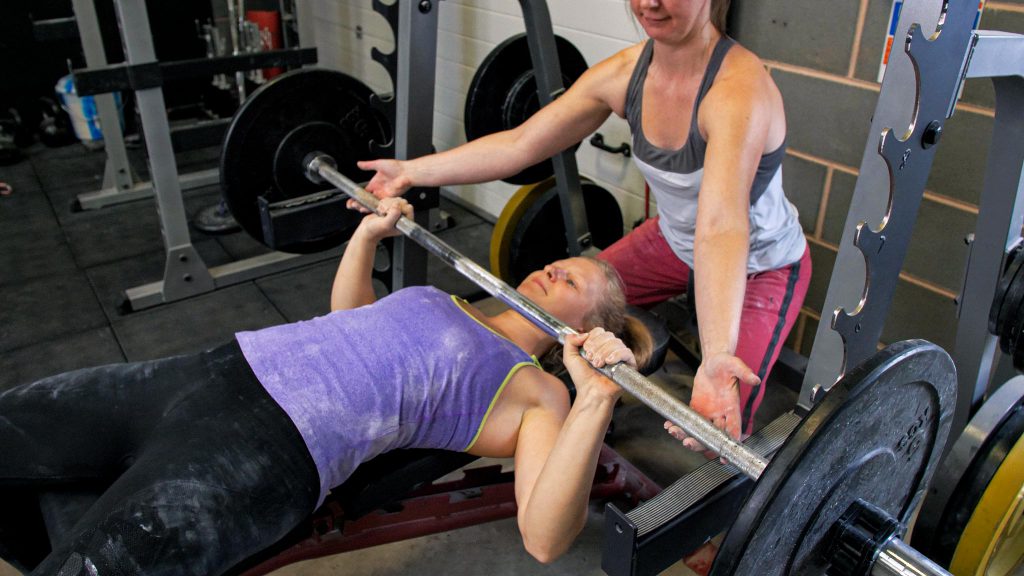Female Climber Series: When and Why Might We Shift to Lower-Intensity Training?
There is a lot of information now about reducing the intensity of training, during certain phases of the menstrual cycle… such as when high-intensity training may feel less accessible, due to fatigue, cramps, or motivation/energy levels being reduced.
Two of the common phases where these symptoms are reported are the late luteal or menstruation phases. Remember everyone is different, so track and find out how these phases feel for you!

~ Photo credit: keisuke
Shifting to lower intensity training or climbing (or swapping out some higher intensity sessions for lower intensity ones) can be seen by some as a “failure” or being “lazy”. I hear so many climbers talk about low intensity training as if it is less important or not worthy of being called “training”. The first step in being able to adjust training so that the overall load is appropriate for a given point in our menstrual cycle is appreciating the variety of intensities out there. We need to respect the fact that not all training requires 10/10 effort (and in fact if we give it 10/10 we may be missing the training stimulus entirely).

– Low-intensity training where we feel very little or no pump helps to develop our aerobic energy system. The increasing feeling of pump is associated with an increasing contribution from our anaerobic (usually the lactic) system. When we look to solely target our aerobic system it should feel like we could stay on the wall for a very long time, so this can be an easy training stimulus to hit when we feel we can’t hit higher intensity training. If we start increasing the intensity (which isn’t a bad thing in itself) we simply start to alter the range of adaptations we make. – Low intensity climbing can be a good time to focus on fluid movement and timing our breathing with our movement which can be a useful skill to develop for keeping us present and focus when climbing. – Completing accessory exercises often uses a lower intensity in order to target smaller muscle groups. This intensity is important to be able to provide the right load for those muscles, but this often means that the systemic fatigue associated with the exercise is lower meaning it doesn’t take us as long to recover.

It is not that all higher intensity training needs to stop during menstrual cycle phases when symptoms are experienced BUT valuing these lower intensity exercises gives us some flexibility to shift focus and help keep energy levels and quality in training consistent!
Main article 📸: @brysonwolfephotography






